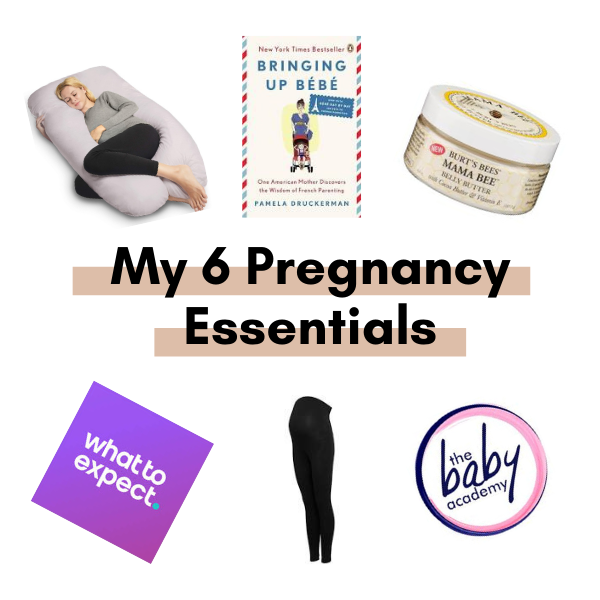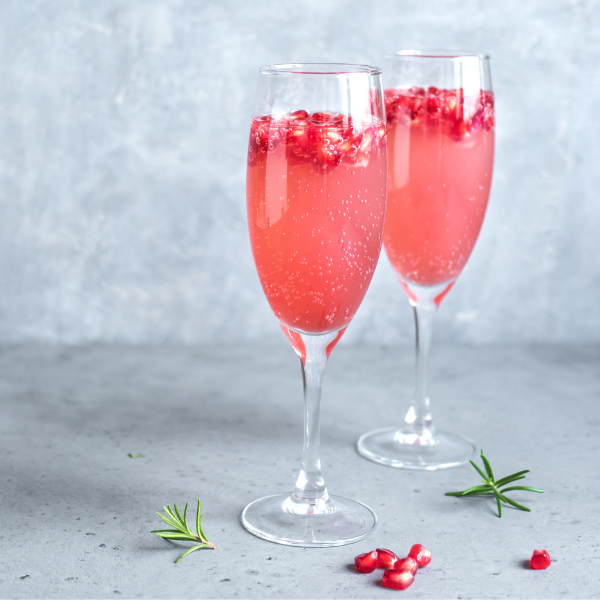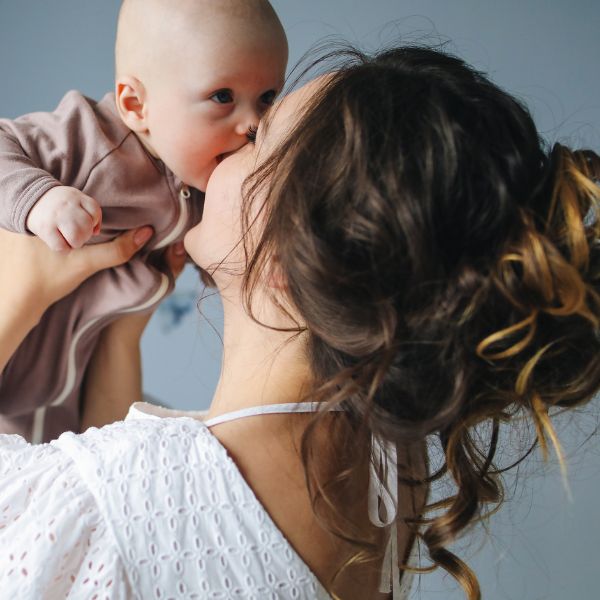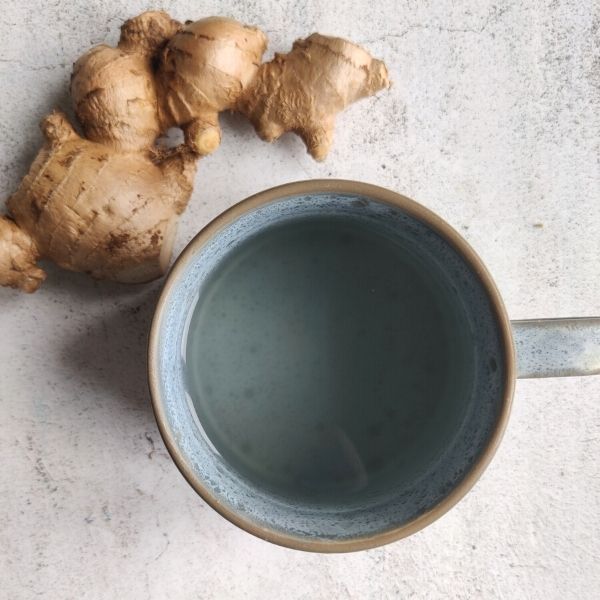
What Is Dry Brushing?
Dry brushing is gaining popularity, but did you know that it’s been practiced for thousands of years in Ayurveda?
Known as garshana (pronounced ghar-shun-uh), dry brushing is a self-massage technique where you ‘brush’ your skin with a natural bristle body brush or garshana gloves. It’s so simple to do at home and can leave you feeling a little more refreshed and energised for the day ahead in as little as 5 minutes!
A key component of an Ayurvedic daily routine, dry brushing has so many potential benefits. It’s particularly helpful for Kapha body types or those who have excess ama due to its light, cleansing and invigorating properties. Not sure what your dosha is? Take my free dosha quiz now!
So why should you dry brush? Let’s take a look at the top 3 benefits of this simple at home practice!
3 Benefits of Dry Brushing
1. Amazingly Soft Skin
The first and most obvious benefit of dry brushing is that it supports healthy, soft skin! The gentle motion of dry brushing massage helps remove dead skin cells and its exfoliating action also helps unclog pores. The end result? You’re left with smoother, softer and fresher skin. Keep reading to see how often to dry brush depending on your skin type and your dosha!
2. Stimulates Circulation & Boosts Energy
The benefits of dry brushing are more than skin deep! The pressure applied during this simple self-massage technique can help encourage good circulation, and in turn, a natural energy boost. Are you desperate for your morning dose of caffeine when you wake up? Skip it and try dry brushing for a few days instead!
3. Improves Lymphatic Flow
The most prized benefit of dry brushing is its ability to support healthy lymphatic flow. Unlike your circulatory system, which has pumps and valves to move your blood, your lymphatic system needs movement and pressure to encourage healthy flow. The best way to encourage strong lymphatic flow is to be active each day, drink plenty of water and practice self-massage techniques like dry brushing!
How to Dry Brush
So now you know some of the key benefits of dry brushing, let’s look at how to do it!
First, you want to make sure you have the right natural bristle brush or set of gloves! It doesn’t need to be expensive, but it should be good quality as synthetic materials can scrape your skin.
Once you have your brush or gloves, these are the simple steps you need to follow.
How to Dry Brush – Step by Step
Materials
- Natural bristle body brush or garshana gloves
Instructions
- Start gently dry brushing/gently massaging from your hands, moving up your arms towards your chest
- Use circular motions on all joints (wrists, elbows, shoulder) and use long strokes on the limbs, moving against the direction of hair growth
- Next move to your feet and move up your legs towards your torso
- Use circular motions on all joints (ankles, knees, hips) and use long strokes on the limbs, moving against the direction of hair growth
- Perform clockwise motions around abdomen
- Adjust your pressure depending on the area of the body you are dry brushing – apply light pressure on sensitive areas (like inside of arms) and apply slightly firmer pressure on thicker skin (like soles of feet)
- Avoid the face, chest and any area of inflamed, irritated and broken skin
- Also avoid areas affected by varicose veins
- After dry brushing, have a shower to remove skin cells and pat dry
When to Dry Brush
It’s recommended to practice dry brushing as part of your morning routine, before you shower, as it helps you feel more alert first thing in the morning. If you just don’t have the time in the morning but would like to try dry brushing, you can switch it to the evening instead. If you have a few extra minutes, it can be really nice to add a short Ayurvedic self-massage (abhyanga) after dry brushing too!
When Not to Dry Brush
While dry brushing is generally considered safe for most to practice, it’s important to avoid in certain circumstances. If you have very sensitive skin or a chronic skin condition, it’s best to skip dry brushing.
Dry brushing is a gentle practice, so make sure to apply the level of pressure that feels right for you. Always avoid dry brushing your chest and face, broken or inflamed skin, sunburned skin, around varicose veins, or if you have a rash or any other skin ailment.
I found very gentle dry brushing with garshana gloves helpful in my own pregnancy to keep skin soft, but if you have any concerns make sure to check with your care provider before starting.
Dry Brushing & The Doshas
How often you should dry brush depends on your dosha. While everyone will be different, and have different time available to them, here is a rough guide on how often to practice dry brushing.
Kapha: Daily (if desired)
Dry brushing is one of the best daily practices for Kapha types. If you feel very heavy and lethargic with low motivation, dry brushing is highly recommended as a gentle practice to start your day. Kapha types are also more prone to oily skin, so dry brushing is perfect to unclog pores and combat the extra oil.
Pitta: 2-3 times per week
Pittas can also be prone to sensitive skin that can be oily at times (but usually less so than Kaphas). Pitta types can benefit from adding dry brushing as part of their weekly routine. If you are a Pitta type, you might like to alternate dry brushing with oil massage.
Vata: 1 time per week
Vatas tend to have quite dry, rough, flaky skin, so while dry brushing can help remove dead skin cells, it’s better for Vata types to practice every now and then only. Vata types do better with oil massage as a regular part of their daily routine.
So now you know the benefits of dry brushing and exactly how to do it – step by step. Will you try brushing, or add it to your daily routine? Let me know in the comments below!







